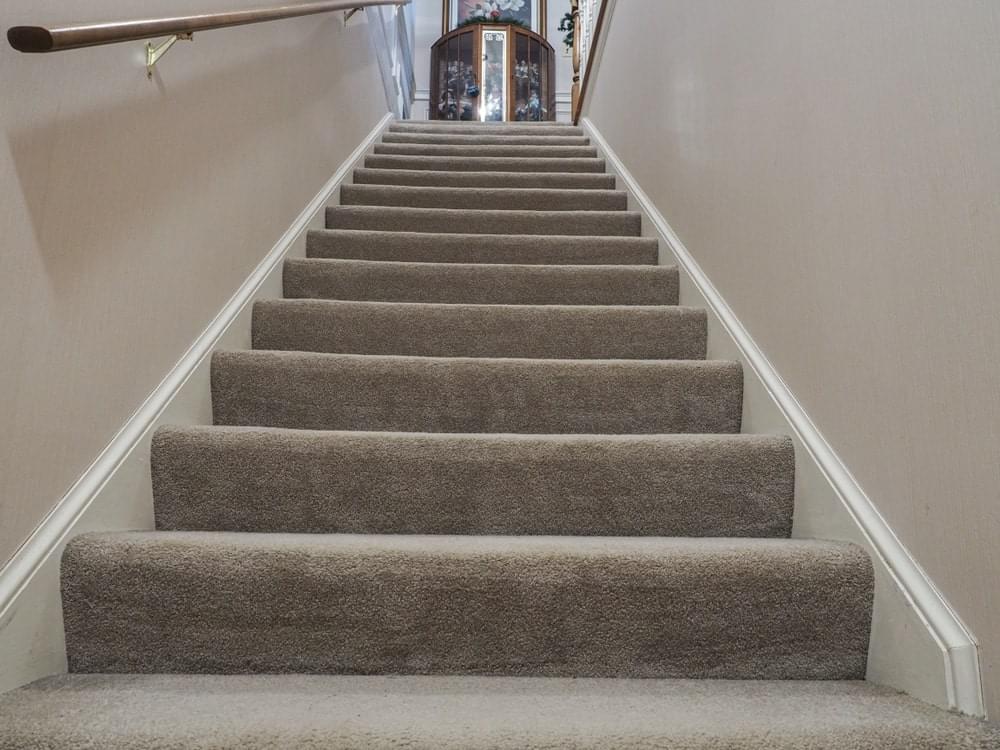How to Build a Walkout Basement from Existing Home
As the owner of CSG Renovation, which is a Toronto-based renovation company, together with my team, we have 10 years plus experience in helping homeowners transform their basements into functional spaces. Among the most requested upgrades is a walkout basement, which opens directly to the outside at ground level through a full-size door.
The reason why walkout basement is highly sought by homeowners in Toronto is that they increase livable square footage of a home, add natural light, and unlock potential for more income generation by allowing for legal rental suites. This blog post will walk you through how to build a walkout basement from your existing home, cover what a walkout basement is, whether it’s possible to add one to your home, the process involved, costs, ROI, and the expected key walkout basement problems and challenges.
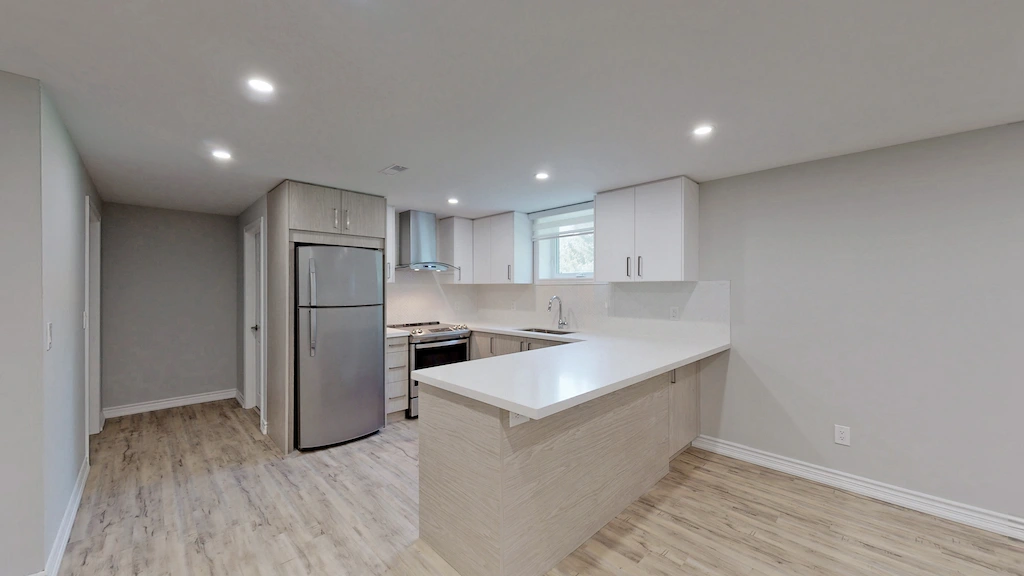
What is a Walkout Basement?
Unlike a standard basement that is entirely underground, a walkout basement is a space located at the lower level of a home that includes a direct exit to the outdoors through a standard door instead of a small window. This type of basement is partially above ground on at least one side, which makes it accessible from the outside without needing stairs.
A walkout basement is made to feel like a natural extension of the main floor with adequate natural light and full-height windows, which is different from traditional basements designed to feel enclosed (on all sides) and only accessible from within. The exterior access found in walkout basements means that they can practically function as legal separate living units.
The ideal conditions for building a walkout basement include: backyard access from the basement, existing elevation differences, and sloped lots. It’s much easier to design a code-compliant walkout basement in homes that have spacious backyards or clear access routes.
A lot that already has a height difference between the back and front makes it easy to plan a walkout conversion. A gentle slope at the side or rear of your property naturally exposes parts of your basement level to the outside, which makes the excavation and walkout basement construction a simpler process.
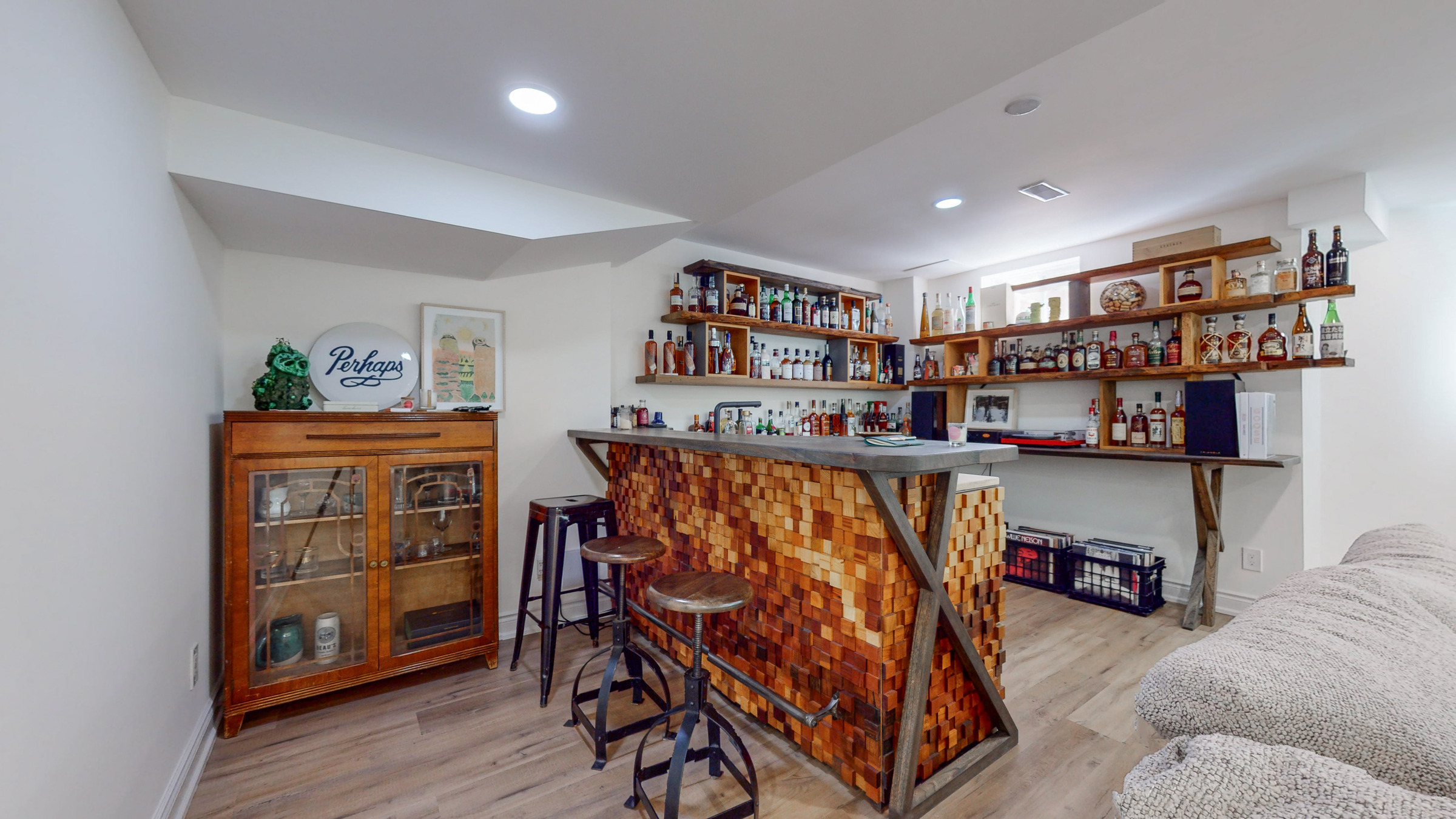
Can You Add a Walkout Basement to an Existing Home?
Yes, you can add a walkout basement in an existing home, but with key considerations. The process requires careful structural planning, approval from the municipality, and the right site conditions to make it feasible, especially in Toronto.
When adding a walk-up basement or a basement with exterior access to an existing home in Toronto, you will have to navigate some common challenges, such as old foundations, lot grading, and zoning restrictions.
Some properties have foundations that are shallow and fragile, which means creating an opening in the wall can compromise the home’s structural integrity, and basement underpinning may be required to reinforce. Flat lots need extensive excavation and retaining walls to come up with a usable exit, and without proper planning, this can lead to water infiltration and drainage issues.
Not all Toronto homes meet the zoning requirements to add a basement entrance, which makes it challenging to construct a walkout basement, and also, lot coverage limits and setback rules may impact what’s allowed.
To take off the burden of handling these challenges on your own, consider hiring professionals (engineers, experienced contractors, and architects) from CSG Renovation.
Our structural engineers will assess your design and foundation reinforcements if need be, licensed architects will build plans that meet local codes and fit your home’s layout, while our experienced contractors will help navigate permits and manage environmental assessment for construction, the excavation and waterproofing tasks on your existing home ensuring your rental unit basement walkout is legal, safe and designed to last.
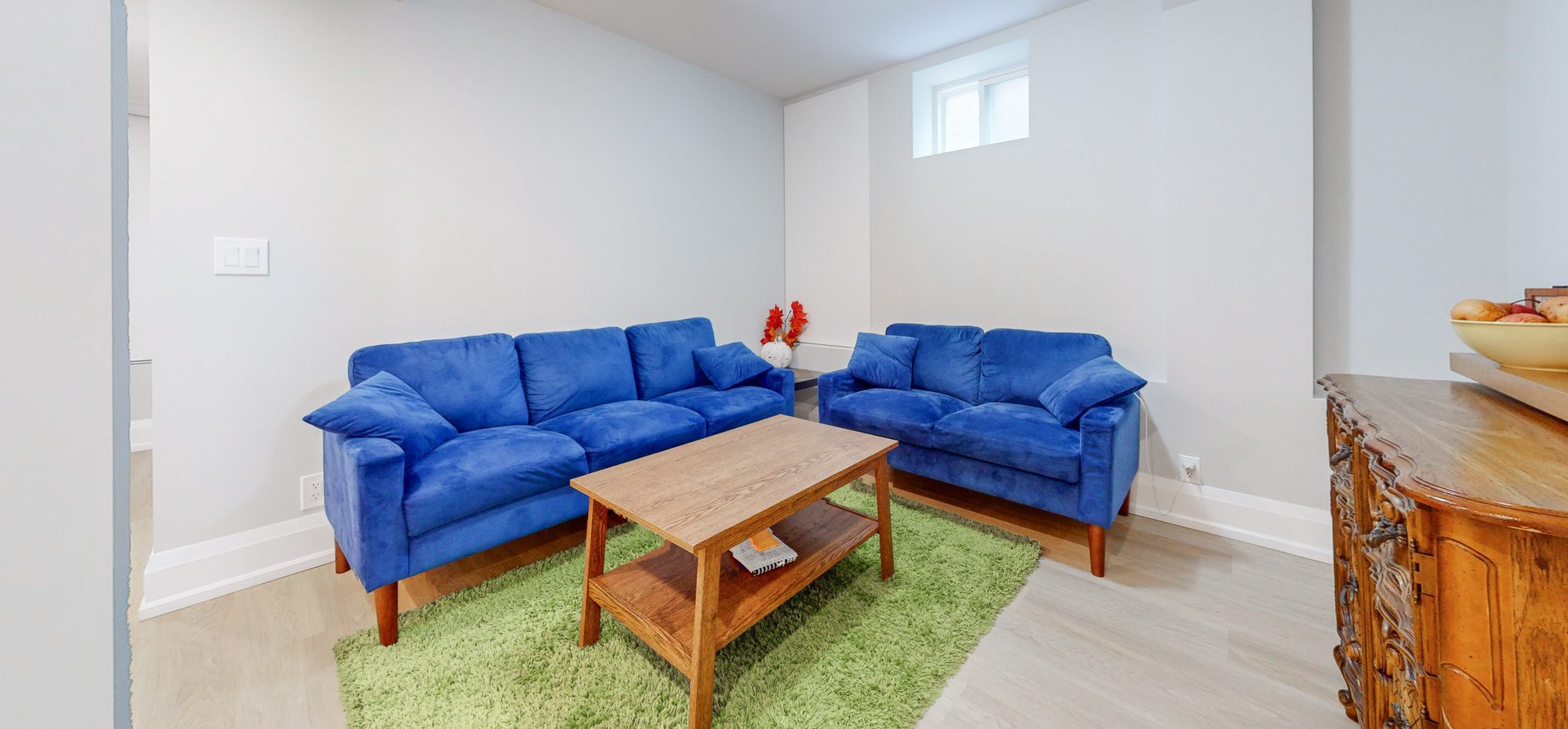
Step-by-Step Process to Create a Walkout Basement
Step 1: Feasibility Study & Site Assessment
- Check property grade and drainage: Measure how your land slopes using leveling equipment and topographical surveys to map the elevation differences accurately. As for the drainage, check downspouts, surface runoff, weeping tiles, and the position of neighboring properties while evaluating how water moves on your lot to ensure that adding a finished basement walkout won’t direct water toward your foundation.
- Assess foundation condition: This involves checking for cracks, wall thickness, signs of moisture infiltration, reinforcement conditions, bowing in concrete block, and structural load capacity. In case you find issues, our experts will help design reinforcements such as steel lintels above the new opening, interior bracing, or foundation underpinning.
- Consult with a structural engineer and a city planner: A structural engineer will evaluate load-bearing elements, prepare stamped structural drawings for the new opening, provide reinforcements, and advise on retaining walls, soil stability, and waterproofing. A city planner, on the other hand, will review your site plan, ensuring compliance with zoning bylaws and provide guidance on permits and basement apartment legal requirements to convert the basement to a walkout.
Step 2: Permits and Approvals
- Toronto zoning bylaws and building code compliance: As for zoning, check the minimum setback distances from property lines, permitted uses like adding an in-law suite, and the required soft landscaping percentages in the rear yard. Building code compliance will ensure your walkout basement is equipped with safe stairs, exits, and handrails, is fire code compliant, structurally safe based on engineered drawings, and properly insulated and waterproofed.
- Applying for building permits: Once your architectural and structural drawings meet code and zoning requirements, your design team or contractor will submit them to the city for review. The permits will typically take one to three weeks or longer if variances are required or if the application is incomplete.
- Conservation authority and heritage designation (if applicable): If your home is near a ravine, wetland, or floodplain, you may require Toronto and Region Conservation Authority (TRCA) approval before soil disturbance or grading. If your property is listed or designated under the Ontario Heritage Act, exterior entrance modifications such as basement walkouts must be reviewed and approved by the Heritage Planning staff.
Step 3: Excavation and Foundation Work
- Implementation of basement waterproofing measures: Includes applying exterior waterproof membranes to the exposed foundation wall, installing a drainage board, and weeping tiles at the footing level to prevent future leaks.
- Careful excavation near existing foundation walls: Digging is done in stages in order to minimize pressure on the foundation, shoring and trench boxes are used to prevent soil collapse, and the area is excavated deep enough to allow for stairs, a door, and a proper drainage slope.
- Basement underpinning for structure support: If your home has shallow footings, it means that soil has to be removed in small sections under the foundation, concrete footings have to be poured beneath the existing ones, and you must ensure the process is repeated in alternating sections to maintain structure support.
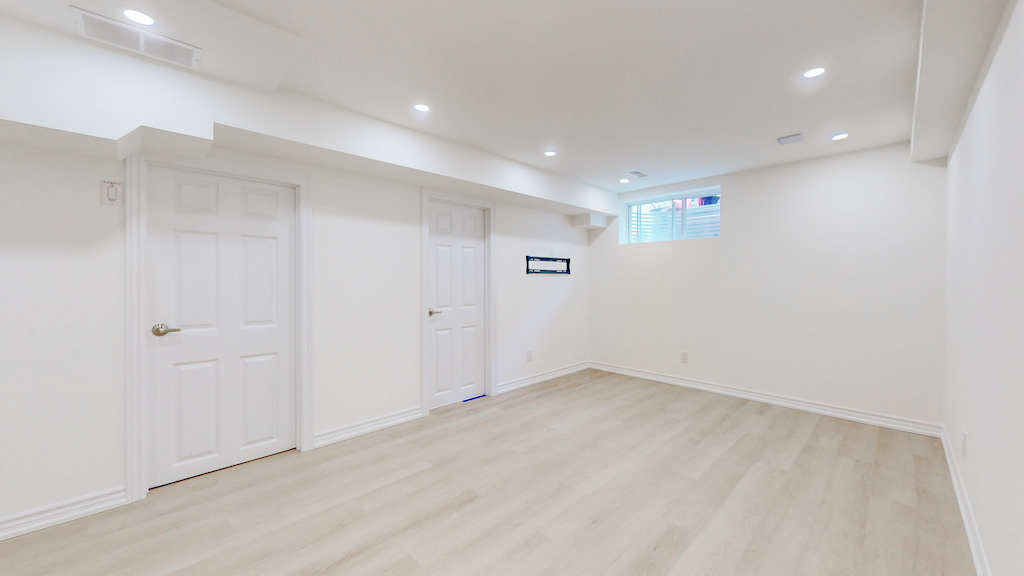
Step 4: Framing the Walkout & Installing Drainage
- Cutting the foundation wall: Mark the opening precisely based on approved drawings, install temporary structural supports such as wall braces or steel shoring before cutting begins, and cut the wall using concrete saws to minimize vibration and prevent cracking.
- Installing new framing, doors, and structural supports: Add pressure-treated framing around the door opening for weather resistance and install a fiberglass exterior basement door or steel with proper weatherproof thresholds. For structural support, consider installing additional framing for stairs, landings, and railings while ensuring all materials and methods used meet load-bearing and safety code requirements.
- Adding proper drainage systems: Best options include weeping tile system which involves installing a perforated pipe along the base of the foundation to collect groundwater and direct water to a sump pump, trench drain placed outside the walkout door at the bottom of the stairwell to capture water before it enters the basement and a sump pipe installed inside the basement to actively remove the water collected by the weeping tile.
Step 5: Finishing and Landscaping
- Interior finishing (energy-efficient insulation, flooring, drywall): All new walls in the walkout basement are insulated to meet building codes and help maintain indoor temperature. Drywall is installed, taped, and finished to create a polished and modern walkout interior, while durable, moisture-resistant flooring (like tile, sealed concrete, and vinyl plank) is added to handle potential humidity better than traditional carpet or hardwood.
- Exterior finishing (stairs, patio, retaining walls): Involves adding stone or concrete stairs leading from the door up to ground level, ensuring they are built with non-slip surfaces and proper run/rise ratios to meet building code. Retained walls are installed on either side of the walkout entry, especially if the surrounding soil needs support and small patios are added to serve as a private outdoor space.
- Grading the yard to ensure water flows from the home: It involves adding topsoil and compacting it with the right slope (typically five percent grade away from the house for at least 6 to 10 feet), extending downspouts away from the entry area, and landscaping or replanting grass to stabilize soil and prevent erosion.
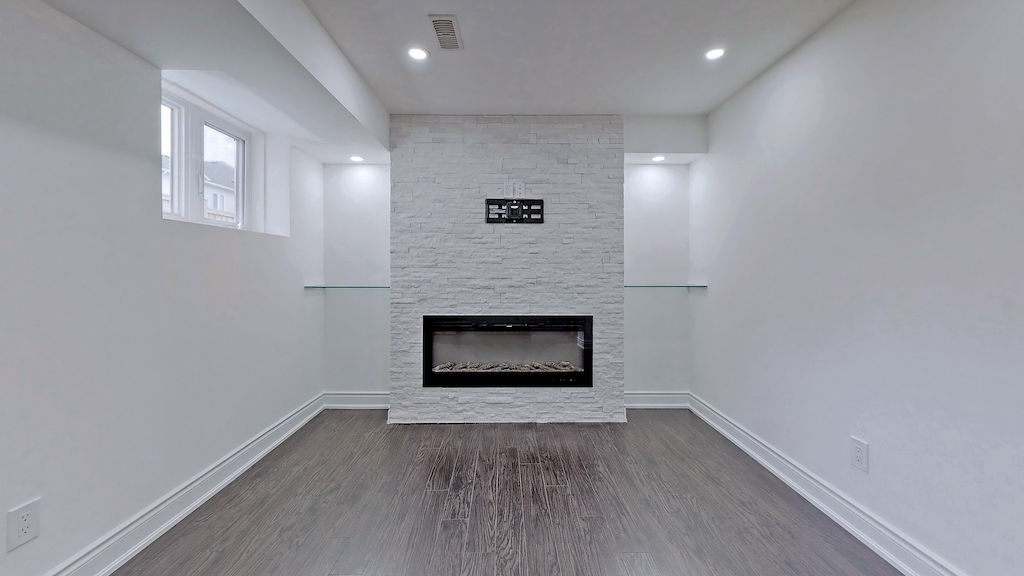
Key Challenges and How We Solve Them
- Dealing with high water tables or clay soil: The high water tables or dense clay heavy soil in some areas in Toronto lead to persistent dampness, poor drainage, and increased risks of foundation pressure or leaks. We handle this challenge by installing a full drainage system, including gravel backfill, and incorporating proper soil stabilization methods while adding additional drainage layers to reduce hydrostatic pressure.
- Working in tight urban lots: Bringing in machinery, digging safely, and storing excavated materials can be very difficult when working in homes that sit on narrow lots with limited access between buildings. We use compact excavation equipment designed for tight-access urban projects and stage the excavation process carefully to minimize disruption and avoid damaging surrounding structures or landscaping.
- Ensuring energy efficiency and waterproofing: After modifications such as adding a new door or wall opening are made, your basement may start experiencing heat loss and moisture problems. Our team installs rigid insulation boards and vapor barriers around all new framing, ensures doors are energy rated, and foundation walls are treated with professional-grade waterproofing systems to direct water away.
- Managing costs and avoiding permit delays: Construction costs can spiral, and permit approvals can drag on if the project is not properly planned. We ensure every project starts with a detailed feasibility assessment to identify issues or required variances early on, work directly with city planners, inspectors, and engineers to help streamline permit approvals and avoid common rejections, and provide a fixed scope, transparent quote.
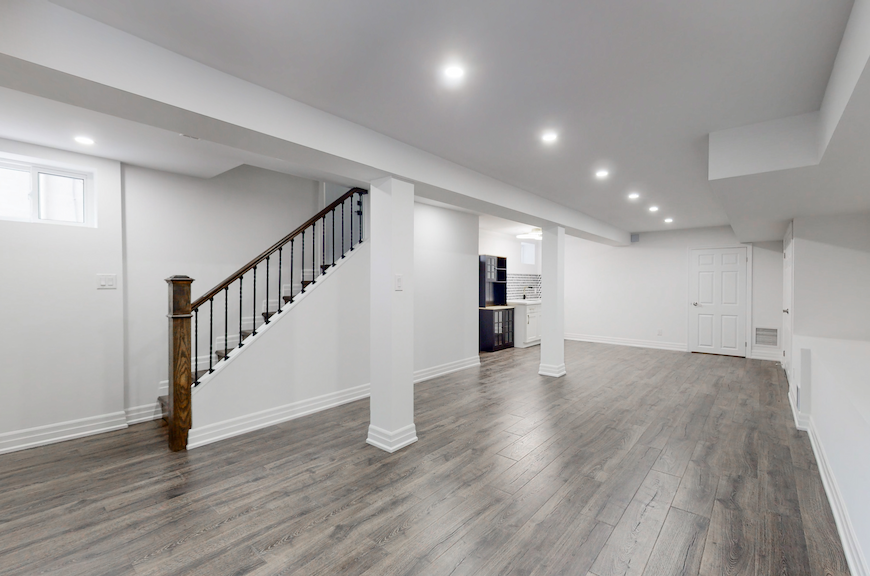
Costs & ROI: Is It Worth It?
A walkout basement cost in Toronto varies as each project is unique, but mostly ranges anywhere between $20,000 and $50,000 or even more, depending on the site conditions (soil, water table, and access), the extent of finishing work, permits and engineering requirements, and whether underpinning is required. The investment is worth it, but only if you plan it right, and below is how the ROI pays out:
- Rental income: A legal basement with a separate entrance can generate $1,500 to $2,500 monthly, depending on size and location, which may help offset renovation or mortgage costs and deal with property tax increases.
- Resale home value increase: A home with a legal walkout basement can sell for 15% to 25% more than similar homes without one.
- Added square footage in your existing space: A basement walkout ensures living space expansion for guests and family and makes multigenerational living possible.
At CSG Renovation, we understand that not everyone can afford to pay for the conversion, hence why we recommend leveraging financing and renovation rebates to help build your walkout basement. One of the most accessible options you can check out is the Financeit Program, which we partner with to offer low-interest monthly payment plans for home renovation projects, including basement additions.
While there is no rebate specifically for a walkout basement, you may qualify for energy efficiency incentives through programs like Enbridge’s Home Efficiency Rebate Plus. It covers upgrades such as insulation, energy-efficient doors, and air sealing, which are all relevant to a walkout basement renovation.
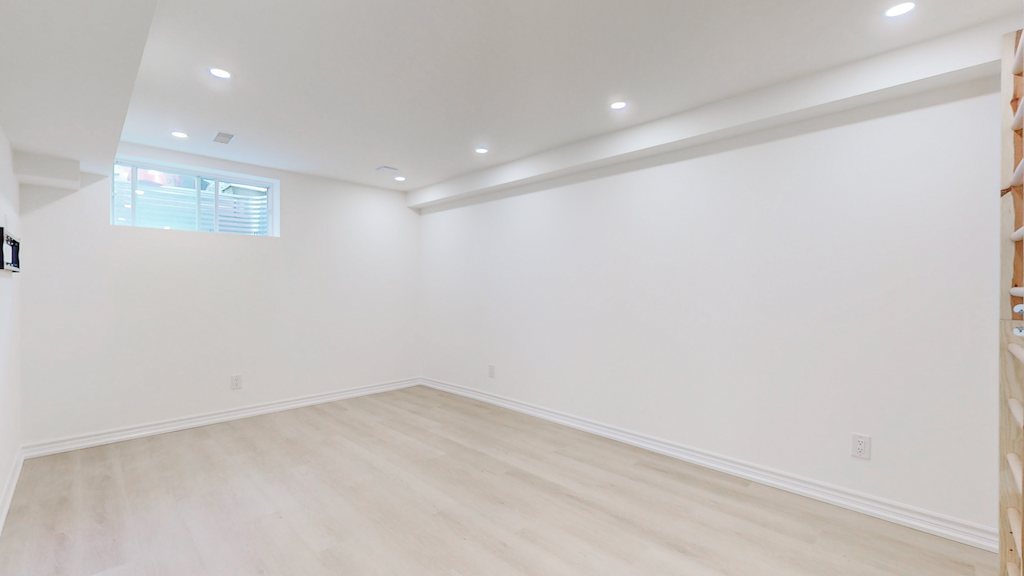
Why Choose a Professional Contractor?
Undertaking a basement walkout transformation on your own using DIY methods or bringing on board a crew that is not experienced to handle the project can lead to serious issues (costly do-overs, failed inspections, and structural problems). Not to forget, one needs experience with Toronto-specific regulations and soil conditions to avoid structural risks and unexpected project delays.
At CSG Renovation, we have completed numerous walkout basement projects throughout Toronto, ensuring essential aspects such as proper waterproofing, grading, and drainage are prioritized from the start. If you are planning a basement renovation in Toronto, give us a call at (647) 428-0007 for a free consultation or site assessment!





